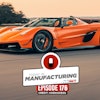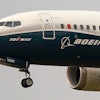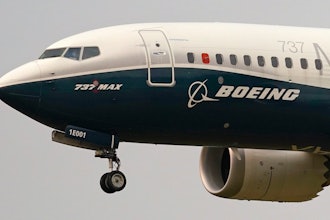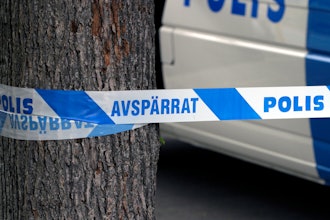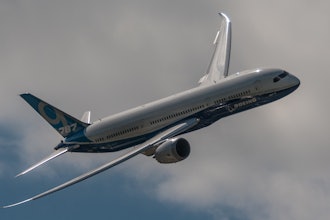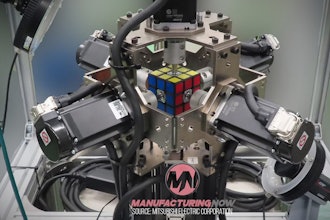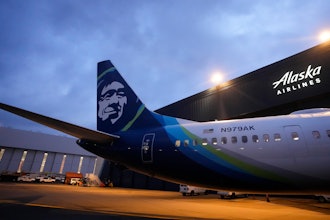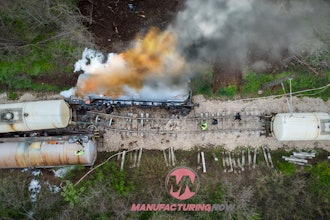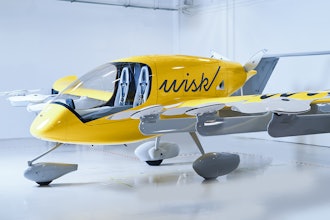"Wagner's paint sprayers range in weight from a 30 lbs. to 150 lbs.," says Wade Isaacson, manufacturing engineering manager for Wagner. "So we needed a packaging system that accommodated the range of products, while keeping the carton sizes to a minimum."
When considering the change to the Sealed Air's Instapak Gflex foam-in-bag packaging method, Wagner evaluated potential storage and labor savings, plus material handling changeovers. The company also needed to ensure that the new packaging would meet International Safe Transit Association (ISTA) standards.
Sealed Air packaging engineers designed a package for each of the seven Wagner paint sprayer models. Because of the unique shape of the paint sprayers, some with protruding parts and unusual weight distributions, it was important to determine where protective foam was needed and how much. Most of the packages consist of three cushions molded out of Gflex packaging foam.
To create a Gflex molded cushion, Wagner uses tooling consisting of a positive image of the required cushion shape inserted into a mold enclosure. The enclosures are then mounted onto one of two molding systems. The company's Instamolder unit, with capacity for nine mold enclosures, and its Instapak Molding Wheel can house up to six mold images, and index automatically to the operator position, which allows for easy placement of foam-filled bags and removal of the finished cushions.
Sealed Air engineers tested the new designs, and conducted certified ISTA testing, including drop and vibration tests. The company submitted the certification paperwork on behalf of Wagner Spray Tech. A team from Sealed Air then set up the new packaging process at Wagner, including the installation of three SpeedyPacker foam-in-bag systems, two Instapak Molding Wheels, and an Instamolder High-Speed Molding System. The company trained Wagner operators on the equipment's use and maintenance.
The new process begins when the SpeedyPacker system dispenses a controlled amount of foam into a sealed film bag. The bag of rising foam is then placed into one of the mold cavities on the molding systems where it expands and forms to the shape of the image inside. When the foam finishes expansion within the mold enclosure, the operator removes the finished cushion. The cushions are then positioned around the paint sprayer and the entire product is placed in a corrugated box for shipping. The precision-fitted, molded Instapak cushions lock and protect the product during the shipping cycle.
Increased productivity on the packaging line was immediately realized when Wagner made the packaging switch. According to Isaacson, the company previously needed three people to fold corrugated inserts for each packaging line. Some packs required as many as seven inserts, resulting in a high level of complexity and the need for excessive operator training. Wagner now only needs one or two people to create the molded cushions.
Finally, the new system requires less storage space. Pallet space for the corrugated inserts was reduced from 52 pallet spaces to two, freeing up warehouse space and workspace for the packaging lines. "Sealed Air provided a 'Class A' example of research and package design for our sprayers," says Isaacson.

